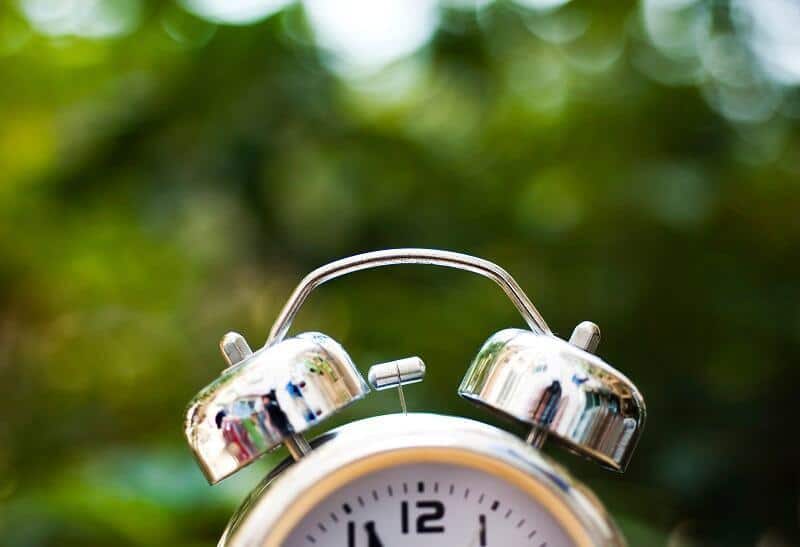It’s that time of year again when the at-long-last return of longer, warmer days is heralded by the moving of our clocks forward one hour. Daylight savings time, or DST, currently starts on the second Sunday in March. It has a history in the U.S. that goes back to 1918, although you probably won’t believe how complex and controversial that history has been. Germany was the first country to introduce DST during World War I when clocks were turned ahead one hour on April 30, 1916 to save lighting fuel.
Benjamin Franklin is considered the original inventor of DST. In 1784 he penned an essay titled, “An Economical Project for Diminishing the Cost of Light” to the editor of The Journal of Paris. He suggested, tongue-in-cheek, that Parisians could reduce their use of candles by getting out of bed earlier in the morning and making use of the natural morning light.
Why do we have daylight savings?
The main goal of daylight savings time is to allow us to make better use of daylight, and depending on whom you ask, conserve energy. Countries that lie close to the equator enjoy equal amounts of day and night hours, and therefore most don’t change their clocks. But as you approach the North and South Poles, the summer days bring much longer periods of daylight than winter days.
When does the time change in 2016?
This year, 2016 spring forward day in the United States is 2:00 am local time Sunday, March 13th. Hawaii and Arizona (except the Navajo Nation Community) do not observe daylight savings time.
If you think a career in holistic medicine is something you would like to pursue, contact us and speak to an admissions representative to get started on your new journey!
How to adjust to daylight savings time
Whether you have to wake up in the dark on Sunday, March 13th to be somewhere on time, or you have the luxury of sleeping in to recapture that lost hour, it’s a good preventive strategy to be extra mindful of stepping up your self-care habits.
Nourish Your Sleep — Many people already suffering with insomnia find their biological clocks and circadian rhythms knocked out of balance when the sun sets so much later in the evening. Holistic sleep hygiene is especially important at this time. Reducing electronic device usage before bed, stepping up the exercise program, spritzing lavender and maintaining a cool bedroom all help.
Traditional Chinese medicine staples like acupuncture and herbal formulas can be especially beneficial in reestablishing restorative sleep patterns. Acupuncture encourages the release of neurotransmitters like serotonin into the central nervous system, inducing a sound sleep without the day-after side effects caused by sleep aids. Chinese herbal formulas help to encourage deeper and longer restful sleep cycles.
Nourish Your Body — According to traditional Chinese medicine, foods, just like herbal remedies, can be selected and prepared to regulate and tonify your body. There is no better time than daylight savings time to make whole seasonal foods the foundation of your diet. You can even consider it your pre-spring cleaning cleaning.
Strive to eat more fresh cruciferous and leafy green vegetables, beets and carrots. Build your meals around healing grains, legumes, vegetables, fruits, nuts and seeds. Not only will you sail through the time change with a spring in your step, you’ll step into spring with vibrant health and a clear head.
If you’re passionate about helping others spring into a more vibrant and healthy lifestyle, learn more about becoming a student in one of PCOM’s acupuncture, massage therapy or holistic nursing programs.
Source
https://en.wikipedia.org/wiki/Daylight_saving_time_in_the_United_States, http://www.webexhibits.org/daylightsaving/c.html, http://www.timeanddate.com/time/dst/history.html
Featured Posts:

